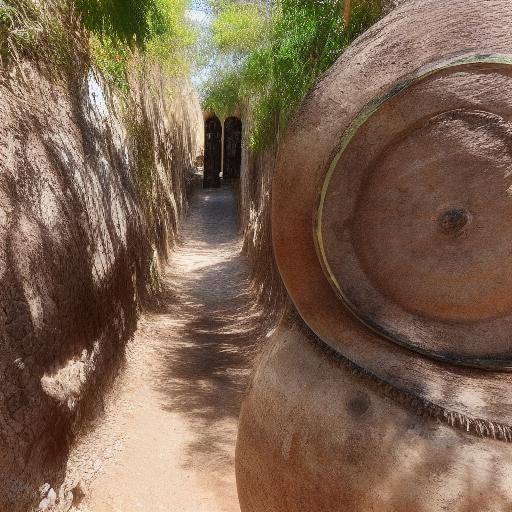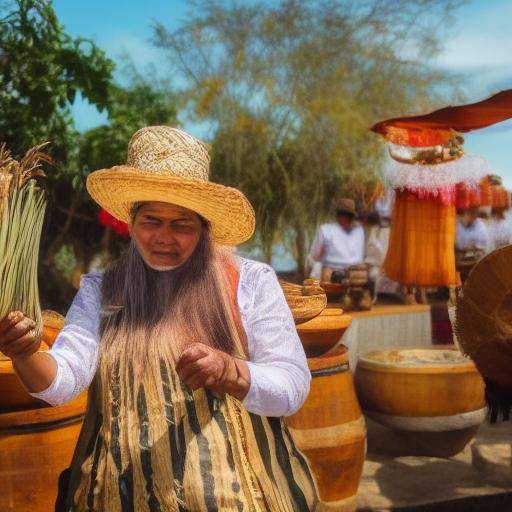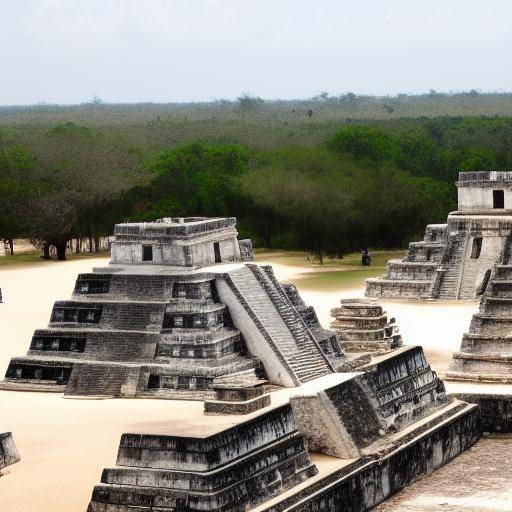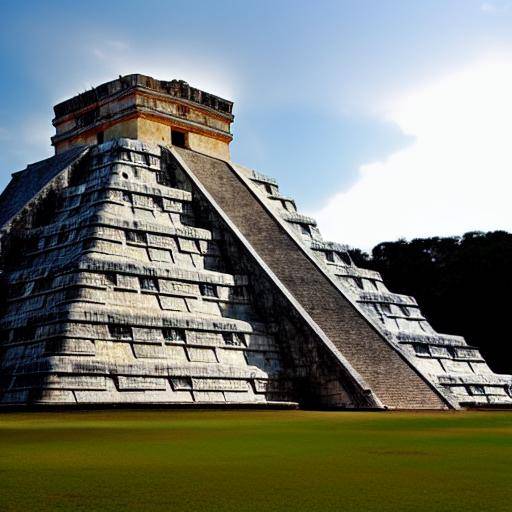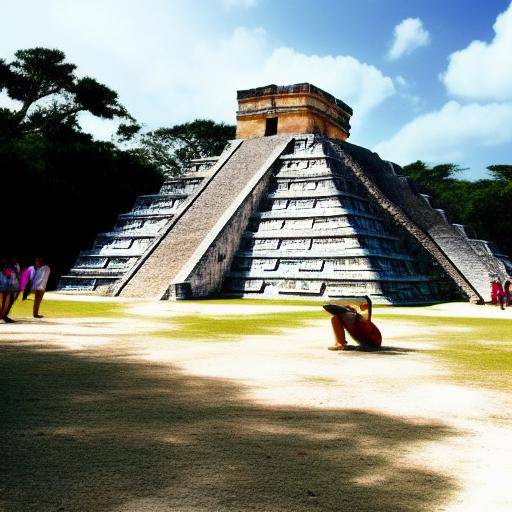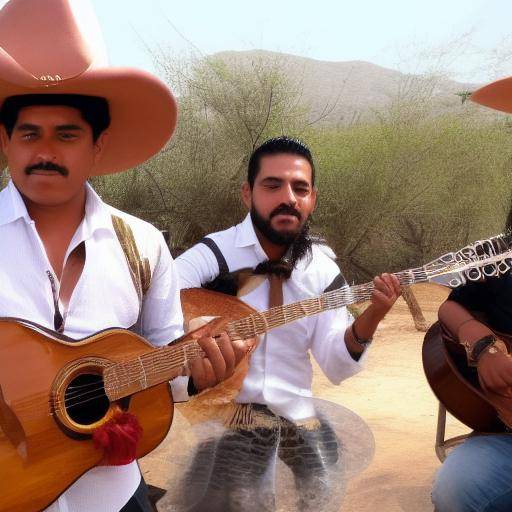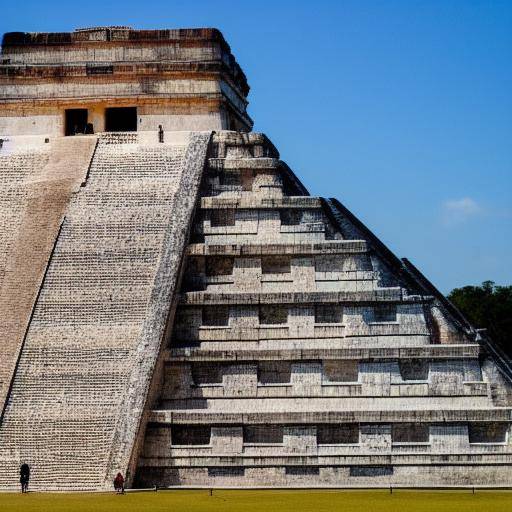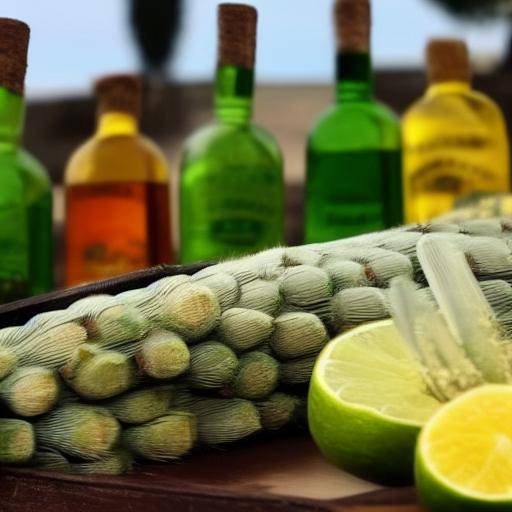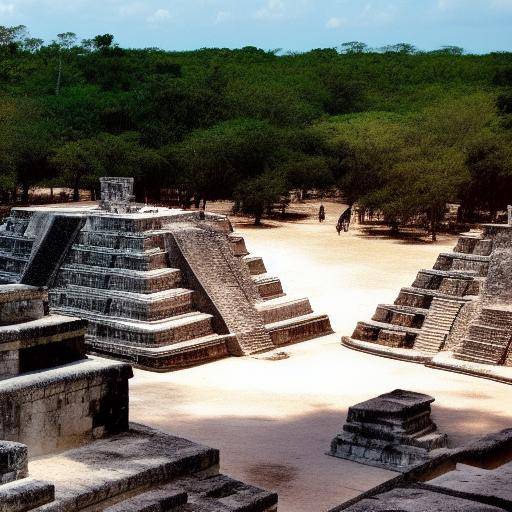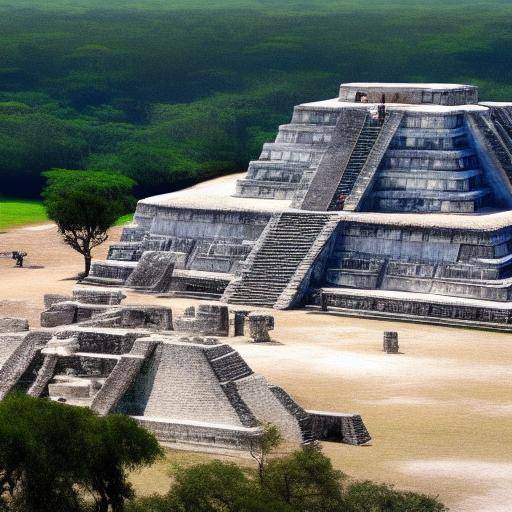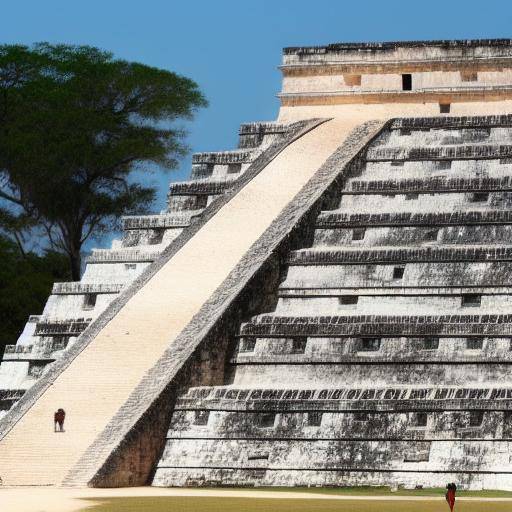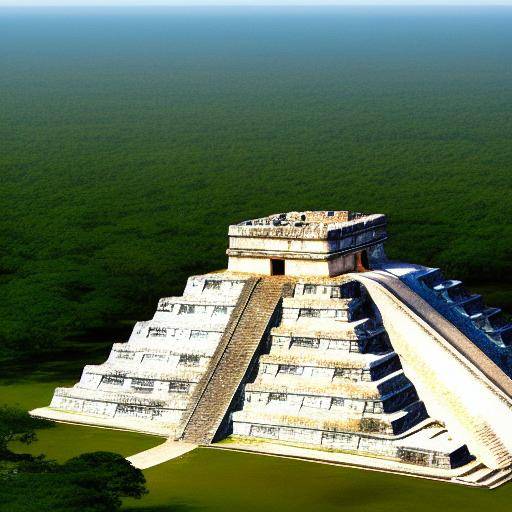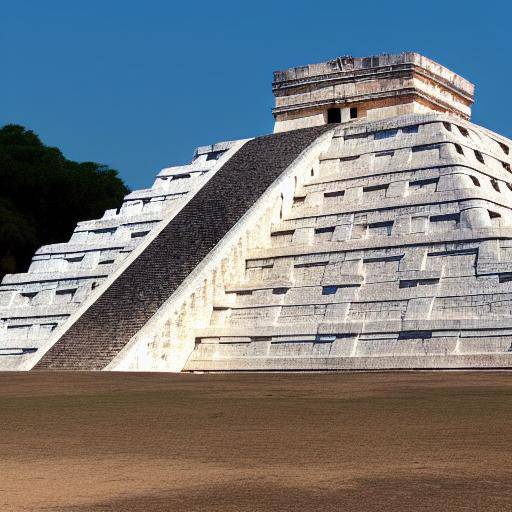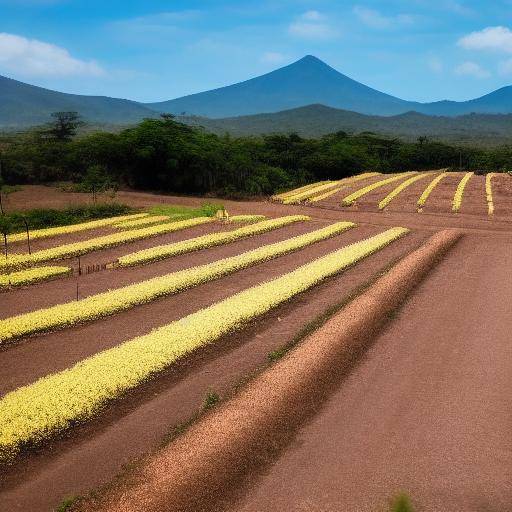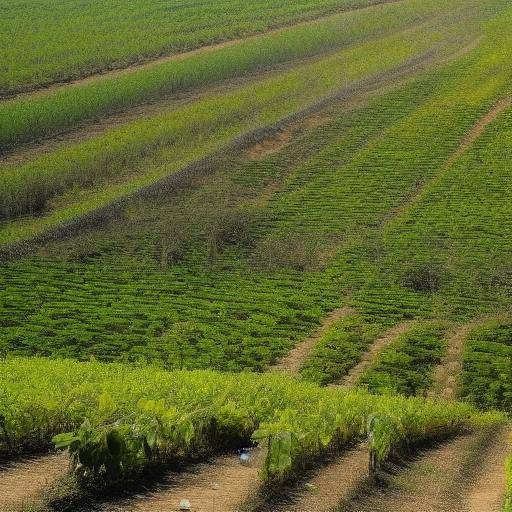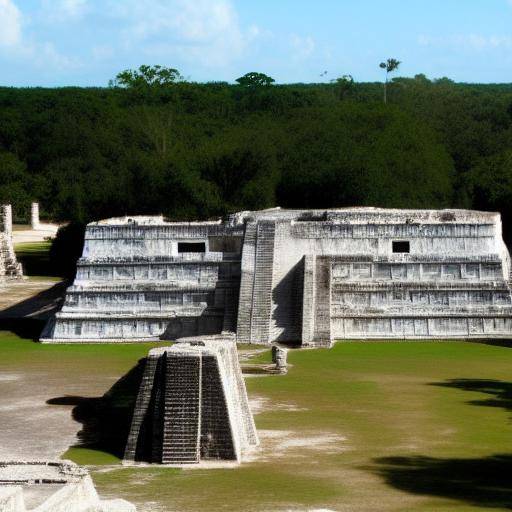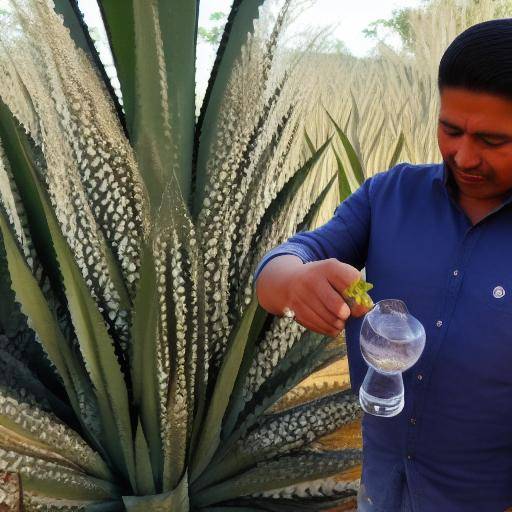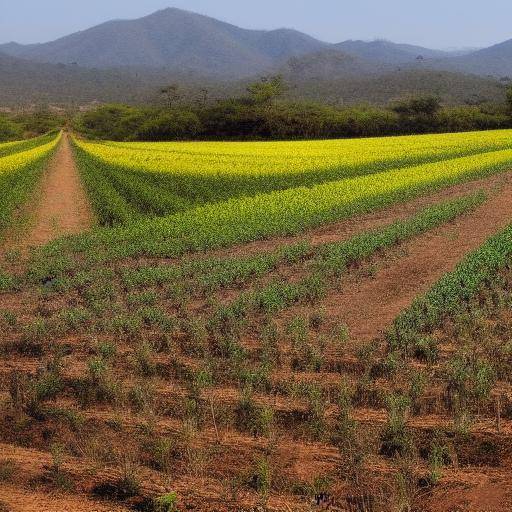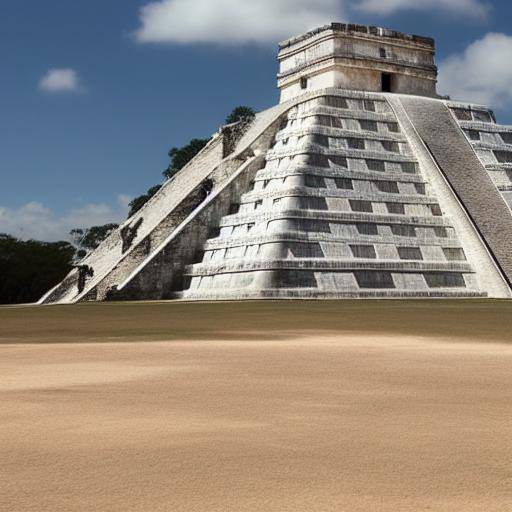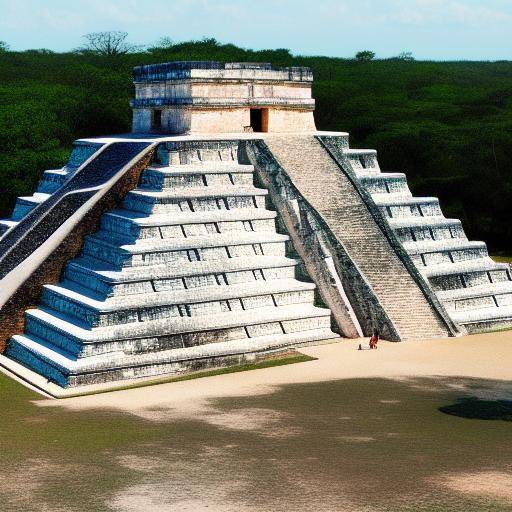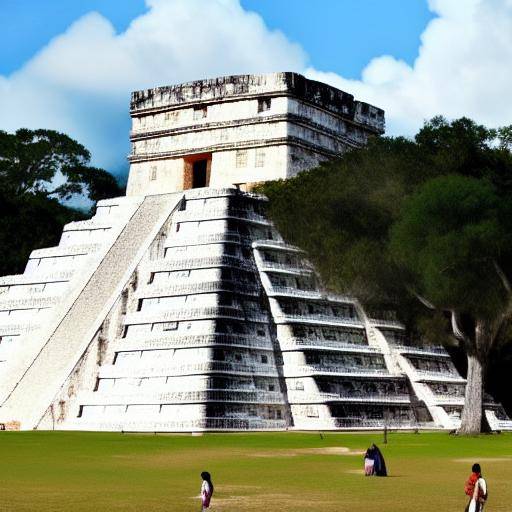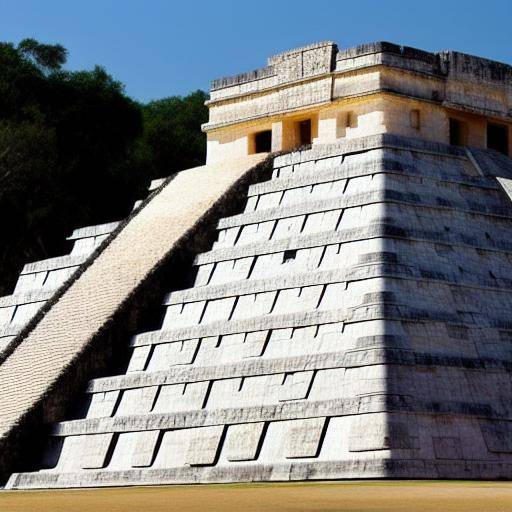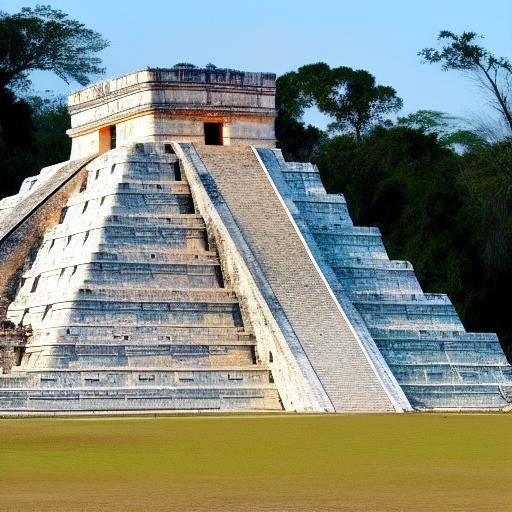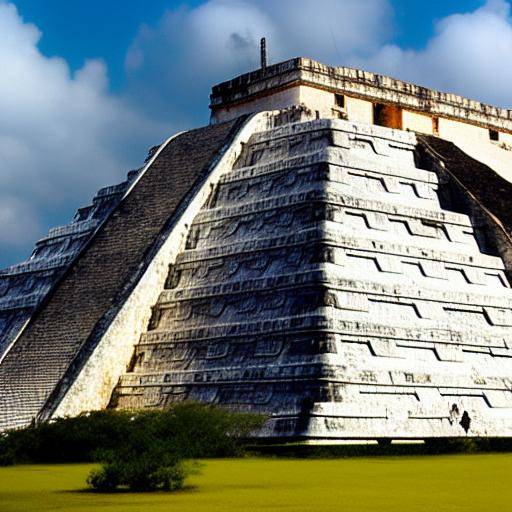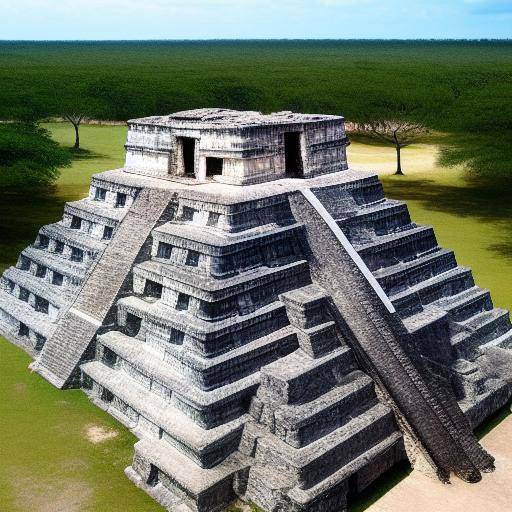
Chichen Itzá is an iconic destination in Mexico, recognized for its impressive Mayan ruins and its historical legacy. In this guide, we will explore in detail the rich history of Chichén Itzá, the Mayan ruins and its impact on Mexico, providing a complete and practical vision for those who seek to immerse themselves in this fascinating culture.
Introduction
Located on the Yucatan peninsula, Chichén Itzá is an archaeological site that offers a window to the grandeur of Mayan civilization. With its impressive buildings, ceremonial structures and astronomical observatory, Chichen Itzá is a tangible testimony of the sophistication and advanced knowledge of this ancient culture. In this article, we will thoroughly explore the Mayan ruins of Chichén Itzá and its significance as the historical heritage of Mexico.
History and Background
The ruins of Chichen Itzá reveal a fascinating history dating back to the classic period of Mayan civilization, approximately between the 6th and 9th centuries AD. This area was an important political, religious and commercial center for the Mayas, with evidence of influences from both the Maya region and the Toltec culture.
The arrival of the Toltecs to Chichen Itzá marked a time of great splendor, characterized by the construction of monumental structures such as the pyramid of Kukulcan, the Temple of Warriors and the Sacred Cenote. These buildings witness the architectural refinement and astronomical knowledge of the former inhabitants of the region.
Analysis in Deep
The Mayan ruins of Chichén Itzá represent a valuable cultural heritage, but they also face challenges in terms of conservation and sustainable tourism. It is crucial to balance the preservation of this historical legacy with the growing influx of visitors and the environmental impact.
Preservation and restoration efforts, together with sustainable tourism management, are key areas that require continuous attention to ensure the integrity of Chichen Itza. Technological advances, such as photogrammetry and virtual reality, provide new perspectives for the documentation and conservation of these archaeological sites.
Comprehensive review
Chichén Itzá's influence extends beyond its imposing ruins, leaving a lasting legacy in Mexico's culture and identity. Religious syncretism and the vestiges of Mayan practices in the daily life of the region are evidence of the profound influence of this ancient civilization in contemporary society.
The value of this cultural heritage not only enriches the archaeological landscape, but also contributes to the economic and cultural development of local communities. Cooperation among Governments, academic institutions and indigenous communities is critical to promoting a holistic approach to the conservation and dissemination of Chichén Itzá's legacy.
Comparative analysis
Compared to other Mayan ruins in the region, Chichén Itzá stands out for its distinctive architecture and its role in the expansion of the Mayan-Toltec influence. Differences in architectural design and ceremonial practices offer a unique view of variations within Mayan civilization, enriching our understanding of its complex history.
The similarities in iconography, hieroglyphic writing and religious practices among the various Mayan ruins underline the cultural and spiritual connections that transcend geographical barriers. These parallels invite us to reflect on unity in the diversity of ancient American civilizations.
Tips and Suggested Actions
When planning a visit to Chichén Itzá, it is advisable to hire a local guide to get a deeper understanding of the history and meaning of each structure. In addition, it is important to respect the guidelines established for the preservation of the site, such as not going up to the structures and respecting the restricted areas.
Industry Perspectives and Expert Reviews
Experts on archaeology, anthropology and conservation of cultural heritage offer valuable insights on the complexities and challenges of the preservation of archaeological sites such as Chichén Itzá. Its expertise sheds light on best practices and innovative approaches to protect and spread the legacy of Mayan civilization.
Case Studies and Real Life Applications
Chichen Itzá's influence extends to various disciplines, from architecture to astronomy. Case studies show how Chichen Itzá's legacy has inspired contemporary projects, promoting creativity and innovation in diverse areas.
Future Trends and Predictions
As awareness of the importance of the preservation of cultural heritage continues to grow, a more holistic and collaborative approach to safeguarding archaeological sites such as Chichén Itzá is anticipated. The integration of emerging technologies and innovative strategies promises to open new opportunities for the understanding and appreciation of these historical treasures.
Conclusions
Chichén Itzá, with its imposing Mayan ruins and its lasting impact on Mexican culture, represents an invaluable legacy that deserves to be explored and protected. The magnificence of this archaeological site offers a unique vision of the greatness of Mayan civilization and its influence in the region.
Frequently asked questions
What is the best time to visit Chichen Itzá?
The best time to visit Chichén Itzá is during the low season, between December and April, when the weather is cooler and there are fewer crowds.
How long do you need to go to Chichen Itza?
It is recommended to spend at least half a day to explore Chichen Itzá thoroughly and appreciate all the structures and historical details.
What measures are being taken to preserve Chichén Itzá?
The Mexican government and international organizations work together to implement conservation measures, including the restoration of structures and the management of sustainable tourism.
What is the cultural importance of Chichen Itzá for the local population?
Chichén Itzá is a symbol of cultural pride and an economic engine for local communities, which value their historical heritage and their potential for sustainable tourism.
What are the current challenges for the preservation of Chichen Itzá?
Challenges include sustainable tourism management, prevention of archaeological looting and conservation of vulnerable structures.
What other nearby attractions complement the visit to Chichén Itzá?
The region offers numerous additional destinations, such as natural cenotes, colonial peoples and natural reserves, which enrich cultural and tourist experience.
In short, plunging into the Mayan ruins of Chichén Itzá is an enriching experience that provides a deep understanding of the history and culture of Mexico and Mayan civilization. The safeguarding of this legacy is essential for future generations, and its exploration provides an invaluable opportunity to connect with the extraordinary past of this region.
With this guide, we hope to have provided useful information and revealing perspectives for those who seek to experience a unique experience in Chichen Itzá and learn more about the Mayan ruins and their legacy in Mexico.


